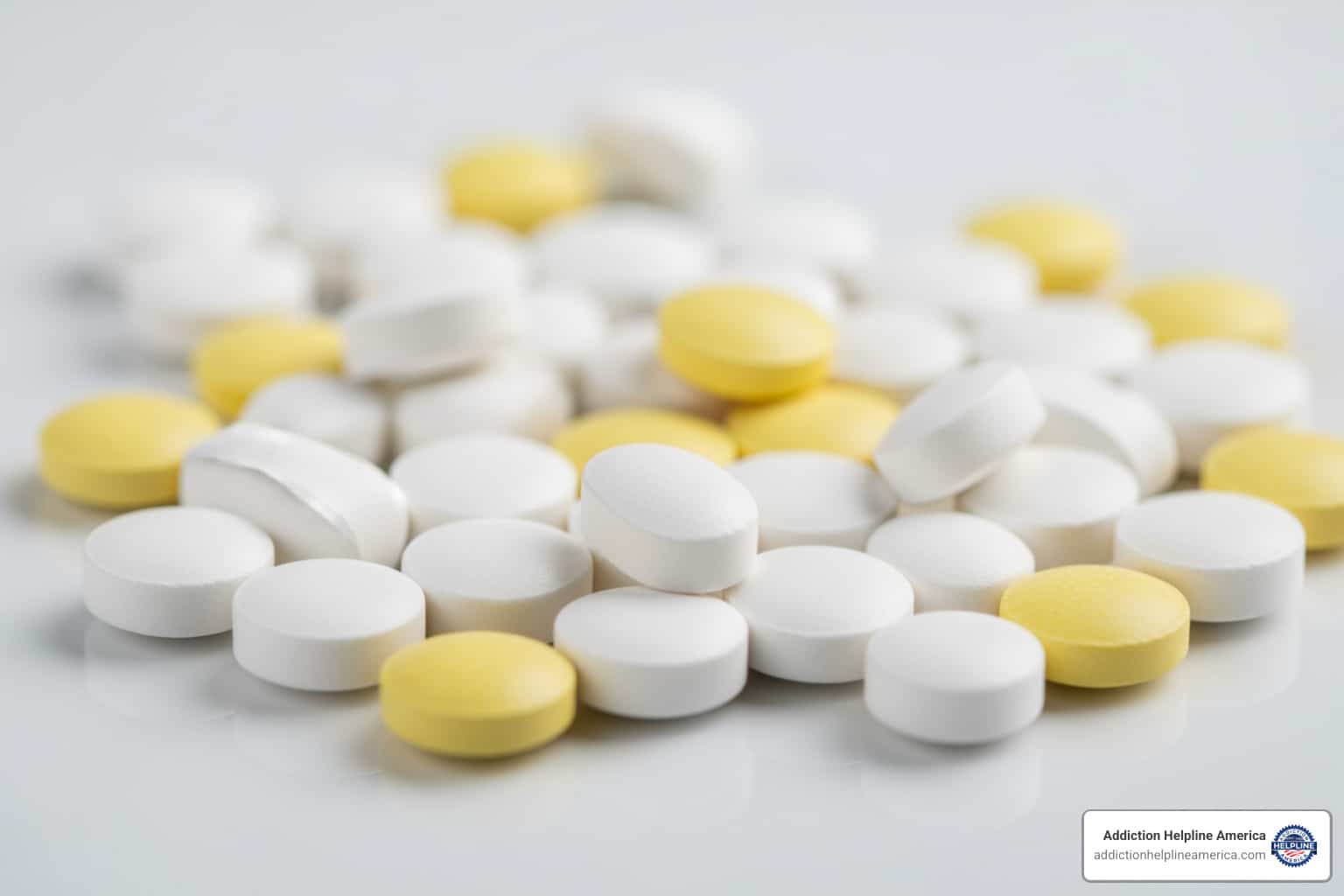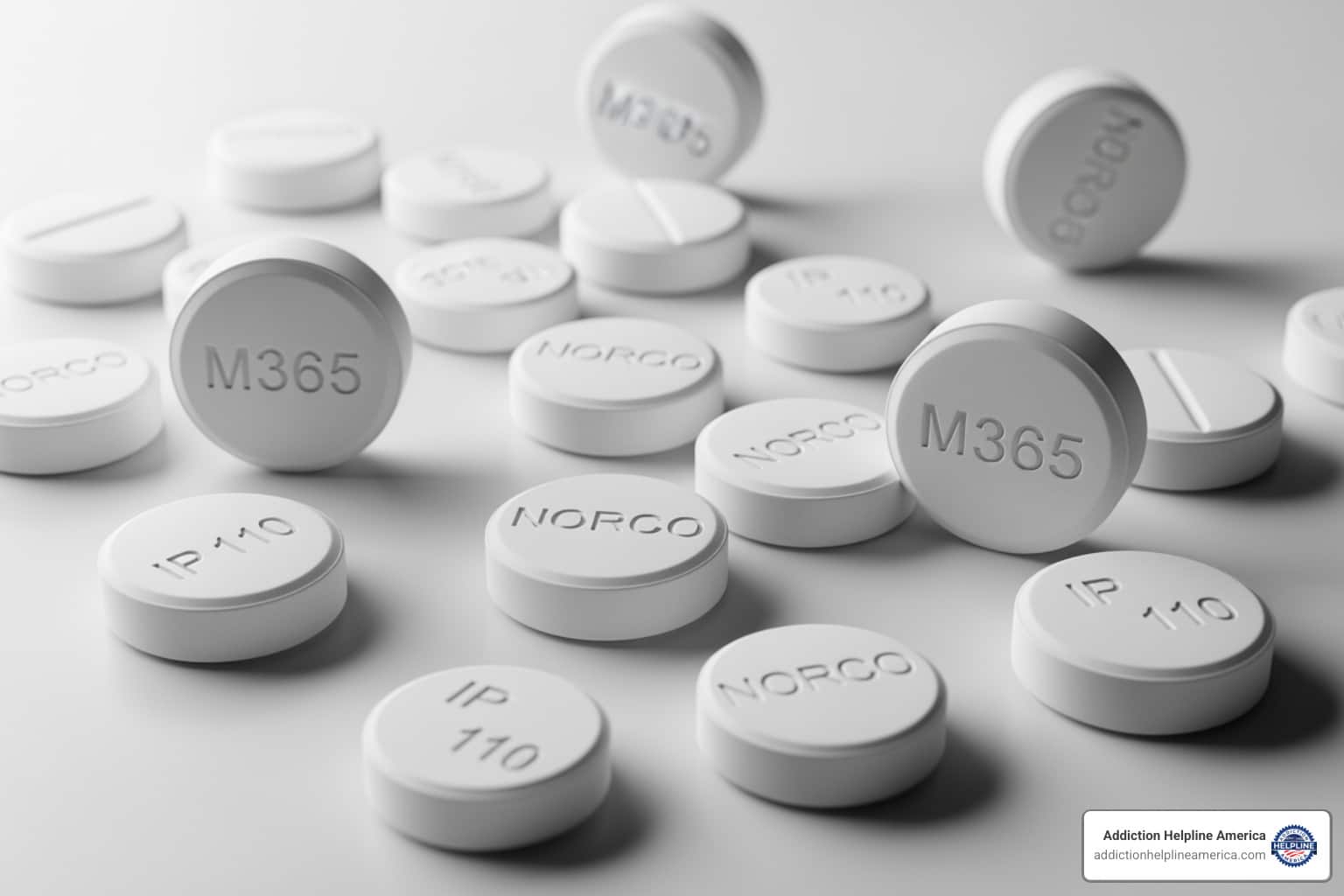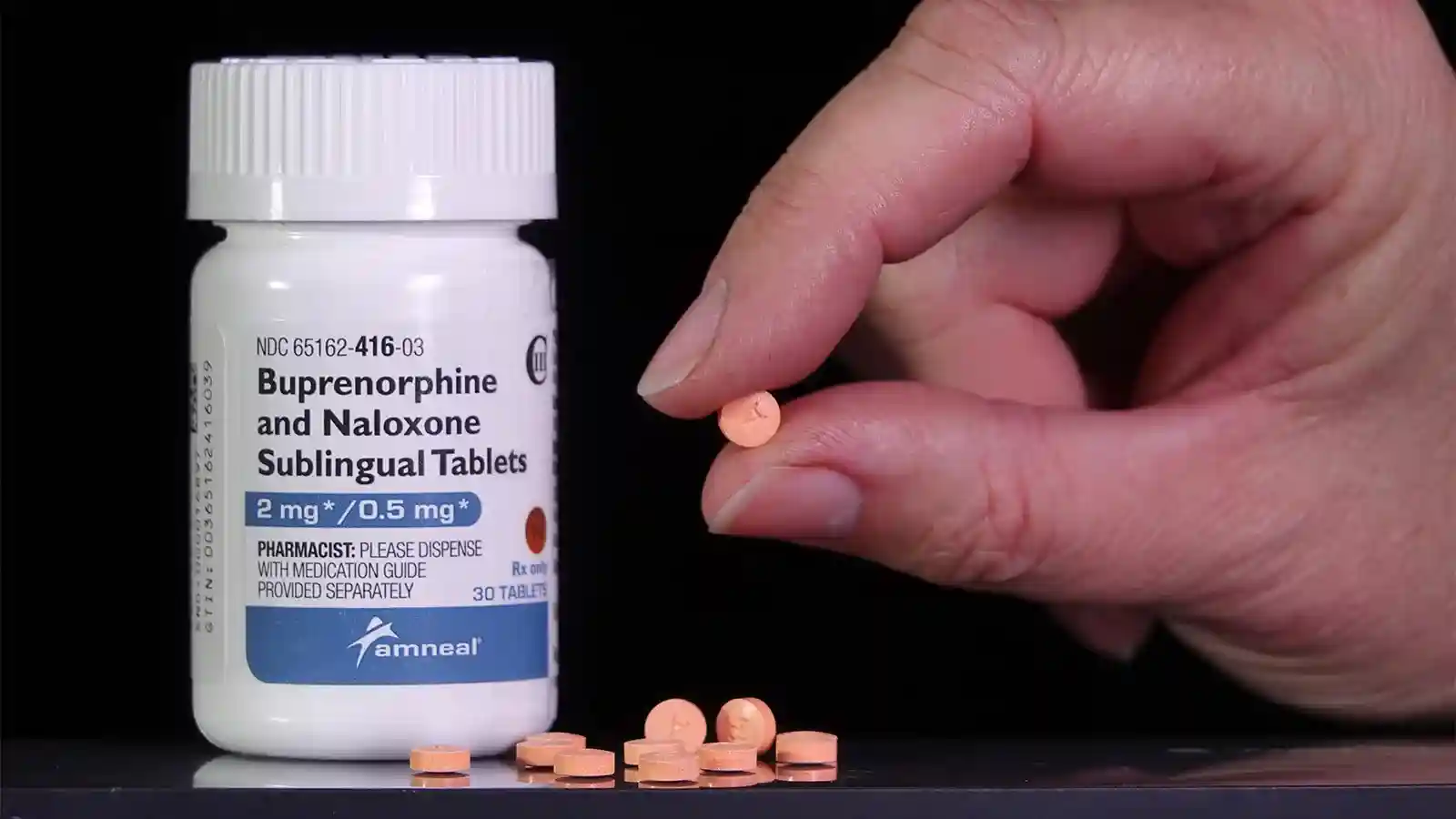
Understanding Meloxicam: A Powerful Pain Relief Option
Meloxicam uses center on treating pain, inflammation, and stiffness from various types of arthritis. As a prescription nonsteroidal anti-inflammatory drug (NSAID), it helps manage chronic joint conditions by blocking enzymes that cause swelling and discomfort.
Common Meloxicam Uses:
- FDA-Approved: Osteoarthritis, Rheumatoid Arthritis, and Juvenile Idiopathic Arthritis (JIA) in children 2 years and older.
- Postsurgical Analgesia: An injectable form combined with bupivacaine is approved for pain relief for up to 72 hours after certain surgeries.
- Off-Label: Dental pain, general post-surgical pain, and ankylosing spondylitis (spine arthritis).
Meloxicam works by inhibiting cyclooxygenase (COX) enzymes, which produce pain- and inflammation-causing chemicals called prostaglandins. Its long half-life of about 20 hours allows for convenient once-daily dosing. The drug is almost completely metabolized by the liver, primarily via the CYP2C9 enzyme.
Important Safety Note: Meloxicam has FDA Black Box Warnings for an increased risk of serious cardiovascular events (heart attack, stroke) and gastrointestinal issues (bleeding, ulcers), which can be fatal. These risks can appear early in treatment and increase with prolonged use.
At Addiction Helpline America, we know that managing chronic pain can be challenging. If you or a loved one have concerns about medication use or are struggling with substance use, we offer confidential support and guidance.
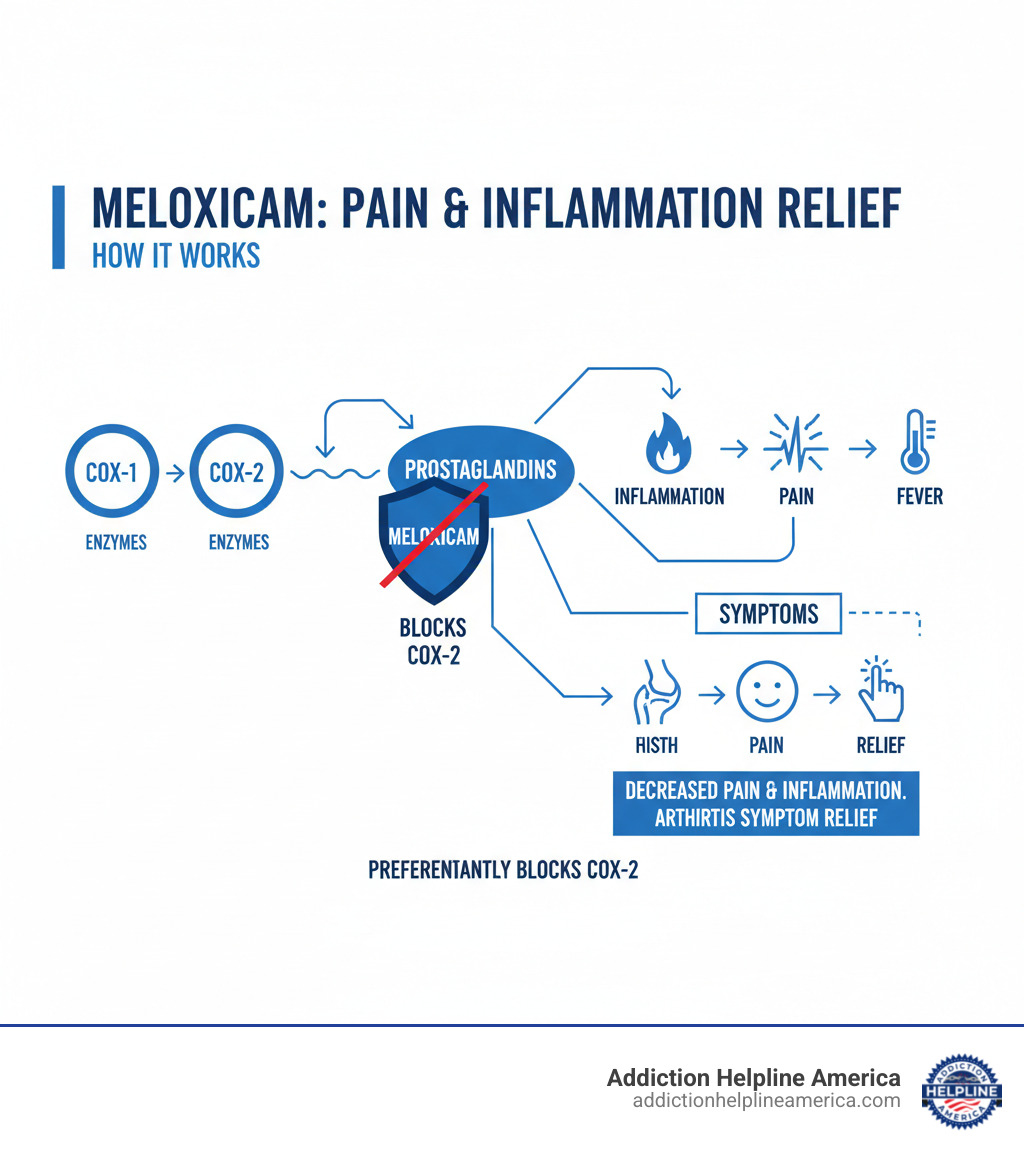
Key terms for meloxicam uses:
What is Meloxicam and How Does It Work?
Meloxicam is a prescription nonsteroidal anti-inflammatory drug (NSAID) that reduces inflammation at its source. Understanding its mechanism is key to understanding meloxicam uses for chronic joint conditions.
Mechanism of Action
Meloxicam works by blocking cyclooxygenase (COX) enzymes. Your body has two main types:
- COX-1: Helps protect the stomach lining and support kidney function.
- COX-2: Activated by injury or inflammation, producing prostaglandins—chemicals that signal pain and cause swelling.
Meloxicam is a preferential COX-2 inhibitor, meaning it primarily targets the COX-2 enzymes responsible for pain and inflammation. This selectivity is thought to reduce the risk of stomach problems compared to older NSAIDs that block both enzymes equally, though this is still debated. By reducing prostaglandin production, meloxicam interrupts pain signals and eases inflammation, providing relief from arthritis symptoms.
You can learn more about meloxicam’s scientific properties from detailed research databases.
How the Body Processes Meloxicam
After you take meloxicam, it is absorbed efficiently, with oral capsules having an 89% bioavailability. Peak blood levels are reached in about five to six hours, and it can be taken with or without food.
Once in the bloodstream, meloxicam concentrates in the synovial fluid of your joints, delivering relief where it’s needed most. Your liver metabolizes the drug almost completely, primarily through the CYP2C9 enzyme, into inactive compounds that are then eliminated through urine and stool.
The key advantage of meloxicam is its long half-life of approximately 20 hours. This is the time it takes for half the drug to leave your system, and it’s why meloxicam offers the convenience of once-daily dosing for consistent, around-the-clock pain control.
A Comprehensive Guide to Meloxicam Uses
Meloxicam uses focus on providing relief from the pain and inflammation of chronic joint conditions, improving quality of life by managing symptoms.

Managing Arthritis: Osteoarthritis and Rheumatoid Arthritis
Meloxicam is highly effective for two common forms of arthritis:
- Osteoarthritis: Often called “wear-and-tear” arthritis, it involves the breakdown of joint cartilage. Meloxicam helps reduce the associated joint pain, stiffness, and swelling, allowing many to return to their daily activities.
- Rheumatoid Arthritis: This is an autoimmune condition where the body attacks the joint lining. While meloxicam doesn’t cure the disease, it provides crucial symptomatic relief from the painful inflammation and swelling. More info about meloxicam uses.
Pediatric Meloxicam Uses: Juvenile Idiopathic Arthritis (JIA)
Meloxicam uses extend to children aged 2 years and older with Juvenile Idiopathic Arthritis (JIA), a condition causing chronic joint inflammation in youth. It is approved for both pauciarticular (affecting four or fewer joints) and polyarticular (affecting five or more joints) forms of JIA. Dosing is carefully calculated based on the child’s weight to reduce pain and swelling, helping them regain mobility and comfort.
Off-Label and Other Meloxicam Uses
Doctors may prescribe meloxicam for other conditions where its anti-inflammatory properties are beneficial. Common off-label uses include:
- Post-surgical and dental pain: It is effective for managing acute pain and swelling after procedures. An FDA-approved injectable combination of meloxicam and bupivacaine provides pain relief for up to 72 hours after certain surgeries, reducing the need for opioids.
- Ankylosing spondylitis: This type of arthritis affects the spine, and meloxicam can help manage its inflammatory symptoms.
- Neuropathic pain: While not a standard treatment, its use for nerve damage pain is under investigation.
At Addiction Helpline America, we understand the challenges of managing chronic pain. If you or a loved one are struggling with medication use or seeking relief through other means, we are here to provide confidential support.
Dosage, Forms, and Proper Administration
To ensure safety and effectiveness, meloxicam uses should always follow a doctor’s instructions. The goal is to use the lowest effective dose for the shortest time necessary.
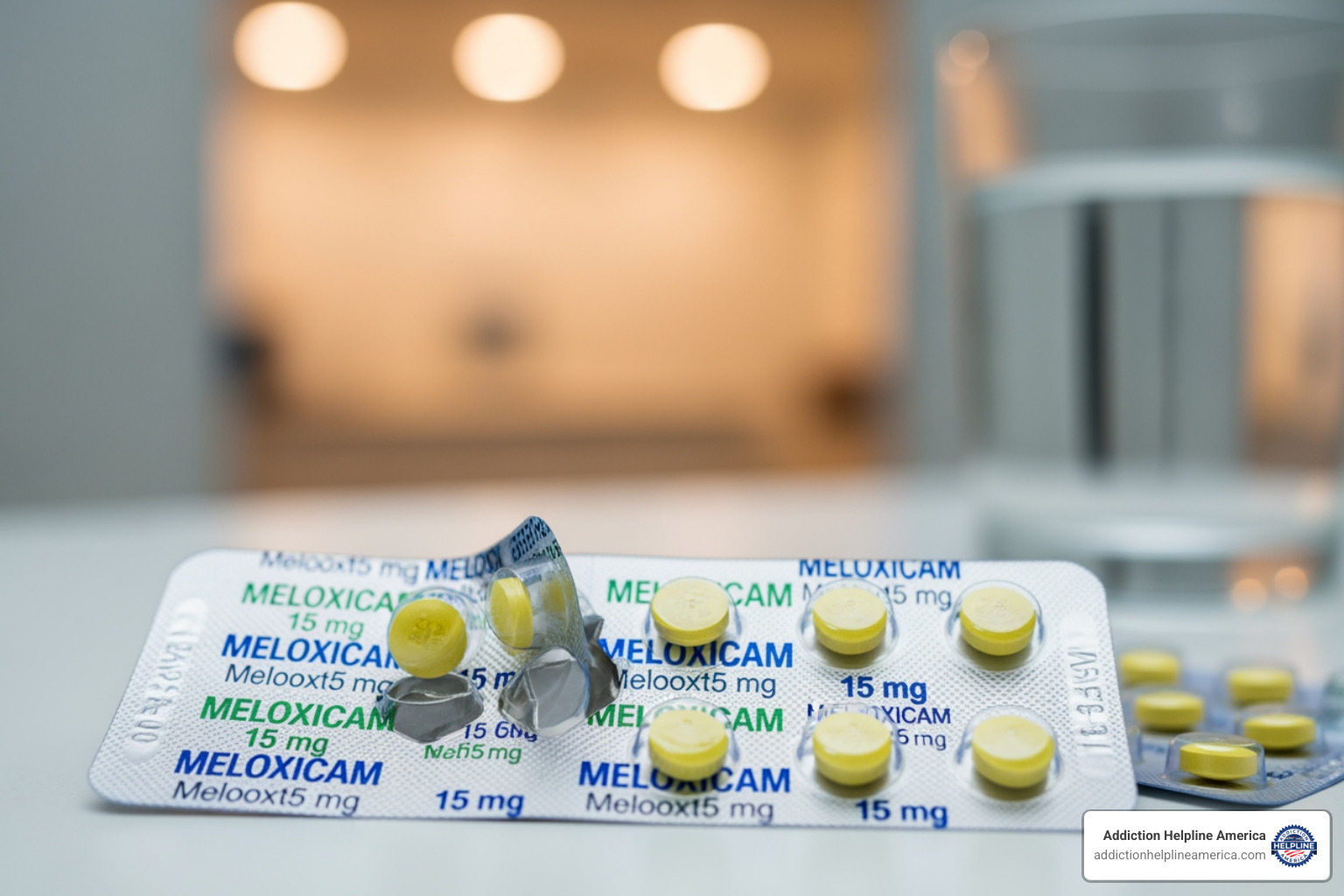
Available Forms of Meloxicam
Meloxicam is available in several forms to suit different patient needs:
- Oral tablets: 7.5 mg and 15 mg
- Oral capsules: 5 mg and 10 mg
- Oral suspension (liquid): 7.5 mg/5 mL, useful for children or those who have difficulty swallowing pills.
- Orally disintegrating tablets (ODT): 7.5 mg and 15 mg, which dissolve on the tongue without water.
Some forms may contain sorbitol or aspartame, so inform your doctor of any fructose intolerance or Phenylketonuria.
Recommended Dosages for Different Conditions
Dosage is personalized based on the condition, age, and kidney/liver function.
- Osteoarthritis (Adults): Typically starts at 7.5 mg (tablets) or 5 mg (capsules) once daily. May be increased to a max of 15 mg (tablets) or 10 mg (capsules).
- Rheumatoid Arthritis (Adults): Usually starts at 7.5 mg once daily, with a maximum of 15 mg once daily.
- Juvenile Idiopathic Arthritis (Children 2+): The standard dose is 0.125 mg/kg once daily, with a maximum of 7.5 mg per day.
- Special Populations: The maximum daily dose for adults is 15 mg. For patients on hemodialysis, the max is 7.5 mg daily. Elderly patients are often started on lower doses and monitored closely.
How to Take Meloxicam Correctly
- Be consistent: Take your dose at the same time each day.
- With or without food: It can be taken either way, but taking it with food or milk may help prevent stomach upset.
- Swallow whole: Do not crush or chew tablets or capsules unless instructed. Swallow with a full glass of water.
- Use liquids correctly: Shake the oral suspension well before use and measure with a proper dosing spoon or syringe.
- Handle ODTs with dry hands: Place the tablet on your tongue and let it dissolve completely before swallowing.
- If you miss a dose: Take it as soon as you remember. If it’s almost time for your next dose, skip the missed one. Never double your dose.
- Store properly: Keep at room temperature, away from moisture and heat, and out of reach of children.
At Addiction Helpline America, we know that proper medication management is a key part of health. If you have concerns about medication use for yourself or a loved one, we offer confidential guidance.
Understanding the Risks: Side Effects, Warnings, and Interactions
For all meloxicam uses, understanding the risks is as important as knowing the benefits. It is a powerful tool that requires careful handling. Always maintain open communication with your doctor about your medical history and any new symptoms.
Potential Side Effects: From Mild to Severe
Many people tolerate meloxicam well, but side effects can occur.
Common side effects are often mild and may include digestive issues (diarrhea, gas, stomach pain), headache, dizziness, swelling (edema), or flu-like symptoms. If these persist or are bothersome, talk to your provider.
Serious side effects are rare but require immediate medical attention. Stop taking meloxicam and seek emergency care if you experience:
- Signs of a heart attack or stroke: Chest pain, shortness of breath, sudden weakness on one side of the body, or slurred speech.
- Signs of stomach bleeding: Black or tarry stools, severe stomach pain, or vomiting blood or material that looks like coffee grounds.
- Severe skin reactions: Fever with a rash, blistering, or peeling skin.
- Signs of an allergic reaction: Hives, swelling of the face or throat, or difficulty breathing.
- Signs of liver or kidney problems: Jaundice (yellowing skin/eyes), dark urine, changes in urination, or unusual tiredness.
Crucial FDA Warnings: Cardiovascular and Gastrointestinal Risks
Meloxicam carries two FDA Black Box Warnings, the agency’s most serious alert. FDA Black Box Warning Details.
- Cardiovascular Risk: NSAIDs increase the risk of potentially fatal heart attack or stroke. This risk can occur early in treatment and is higher with longer use, higher doses, or in people with existing heart disease. Meloxicam should not be used before or after coronary artery bypass graft (CABG) surgery.
- Gastrointestinal Risk: NSAIDs increase the risk of serious and potentially fatal stomach or intestinal bleeding, ulceration, and perforation. These events can happen at any time without warning symptoms. The elderly and those with a history of ulcers or GI bleeding are at higher risk.
Other serious risks include liver injury (hepatotoxicity), kidney damage (renal toxicity), and fetal harm if used after 20 weeks of pregnancy.
Precautions for Special Populations and Drug Interactions
Certain individuals and medication combinations require extra caution. Mayo Clinic guidance on NSAID safety.
- Elderly Patients (65+): Have a higher risk of serious GI, cardiovascular, and kidney problems. Lower starting doses and close monitoring are recommended.
- Pregnancy and Breastfeeding: Meloxicam should be avoided after 20 weeks of pregnancy due to risks to the unborn baby. Discuss use with your doctor if breastfeeding or trying to conceive, as NSAIDs can reversibly affect fertility.
- Kidney or Liver Disease: Use requires caution and dose adjustments, as the body’s ability to process and eliminate the drug may be impaired.
- Alcohol: Combining alcohol with meloxicam significantly increases the risk of stomach bleeding and should be avoided.
- Drug Interactions: Always provide your doctor with a full list of your medications. Key interactions include:
- Other NSAIDs (aspirin, ibuprofen): Increases risk of GI bleeding.
- Anticoagulants (warfarin): Increases bleeding risk.
- Blood Pressure Medications (ACE inhibitors, diuretics): Can reduce their effectiveness and increase kidney risk.
- Lithium, Methotrexate, Cyclosporine: Meloxicam can increase the toxicity of these drugs.
- SSRIs/SNRIs (antidepressants): Increases bleeding risk.
Living with chronic pain and managing complex medications can be overwhelming. If you have concerns about medication use or are struggling with substance use, Addiction Helpline America is here to provide confidential support.
Frequently Asked Questions about Meloxicam
How does meloxicam compare to other common NSAIDs like ibuprofen?
Both meloxicam and ibuprofen are NSAIDs that block COX enzymes to relieve pain and inflammation, but they have key differences affecting their meloxicam uses.
- Dosing Frequency: Meloxicam has a long half-life (~20 hours), allowing for convenient once-daily dosing. Ibuprofen has a shorter half-life and must be taken every 4-6 hours.
- Availability: Ibuprofen is available over-the-counter (OTC) at lower doses, while meloxicam is a prescription-only medication.
- Primary Use: Meloxicam is typically prescribed for chronic inflammatory conditions like arthritis, whereas ibuprofen is often used for acute pain like headaches or minor injuries.
Both carry similar risks, including cardiovascular and gastrointestinal side effects. Your doctor will determine the best option for your specific condition.
What are the signs of a meloxicam overdose and what should I do?
A meloxicam overdose is a medical emergency. Recognizing the signs and acting quickly is crucial.
Overdose symptoms may include extreme drowsiness, severe nausea or stomach pain, vomiting blood (or material that looks like coffee grounds), black or tarry stools, difficulty breathing, or seizures.
If you suspect an overdose, call 911 or the Poison Control Center (1-800-222-1222) immediately. Do not try to induce vomiting unless instructed by a medical professional. Treatment is supportive and focuses on managing symptoms and preventing complications.
To prevent overdose, take meloxicam exactly as prescribed, never take a double dose to make up for a missed one, and store it securely away from children.
Is meloxicam a narcotic or can it be addictive?
This is a critical question. Meloxicam is not a narcotic and is not considered physically addictive. It is a nonsteroidal anti-inflammatory drug (NSAID) that works by reducing inflammation, not by acting on opioid receptors in the brain like narcotics do. It does not produce a “high” or cause withdrawal symptoms.
However, it’s important to distinguish between physical addiction and psychological dependence. Some individuals may develop a psychological reliance on pain medication due to a fear of their pain returning. Furthermore, any medication can be misused. Taking higher doses than prescribed or using it too frequently is considered medication misuse, which increases the risk of serious side effects without improving pain relief.
At Addiction Helpline America, we understand that chronic pain can sometimes lead to complex issues with medication or substance use. While Meloxicam Addiction concerns are low for the drug itself, the broader challenges of pain management are real. If you’re worried about your medication use or struggling with pain, speak with your doctor. Our team is also available to provide confidential support and connect you with the right resources.
Our helpline is 100%
free & confidential
If you or someone you care about is struggling with drug or alcohol addiction, we can help you explore your recovery options. Don’t face this challenge alone—seek support from us.
Programs
Resources
Will my insurance
cover addiction
treatment?
We're ready to help
Find the best
drug or alcohol treatment
center
Are you or a loved one struggling with addiction? Call today to speak to a treatment expert.





